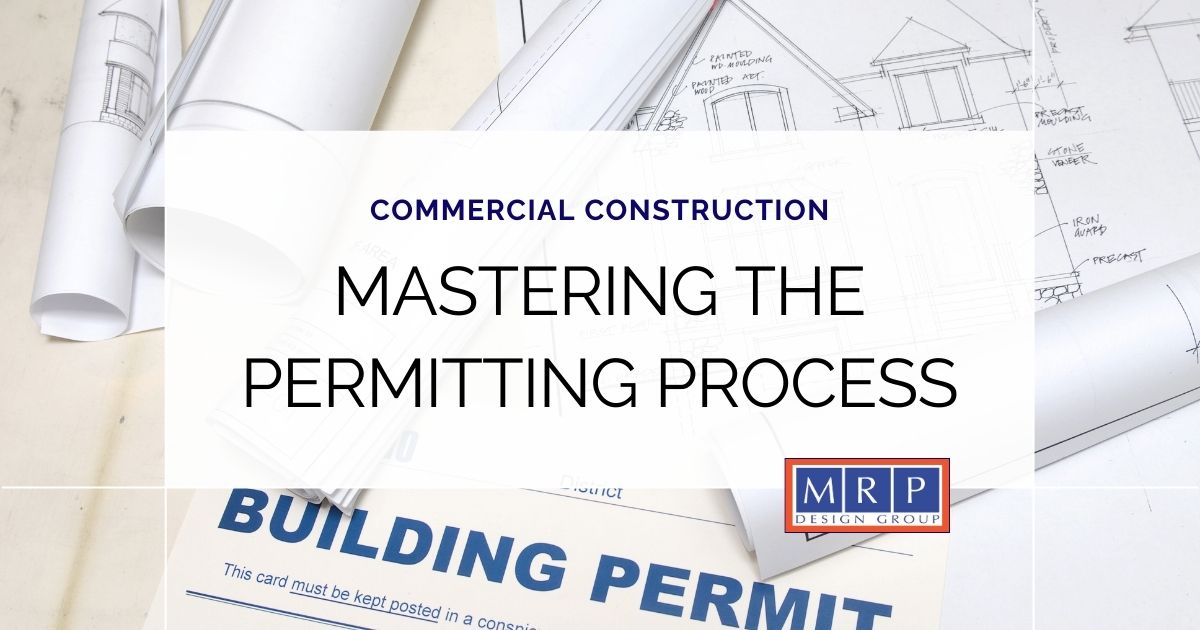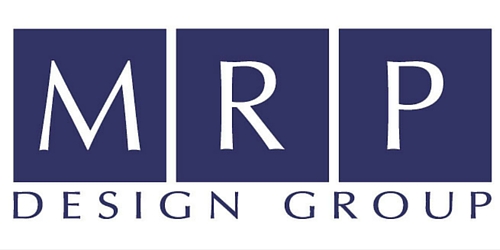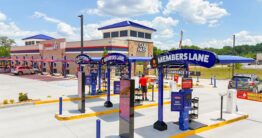
Ah, construction permits. The necessary evil standing between you and your grand vision of a gleaming new commercial project. If you’ve ever felt like getting a permit is more complicated than assembling IKEA furniture with missing instructions, you’re not alone. But fear not! We’re here to help you navigate this bureaucratic maze with minimal hair-pulling and maximum efficiency.
Step 1: Accept That Permitting is Like Dating—Every City Has Different Rules
Just like finding love, permitting requirements vary wildly depending on where you are. One city might give you a permit faster than you can say “approved,” while another might make you jump through so many hoops you’ll start to wonder if you accidentally applied for a circus license.
Before you even think about breaking ground, do your homework: check local requirements, attend pre-application meetings, and befriend the local permitting officials (a smile and a well-placed box of donuts can work wonders).
Step 2: Gather Your Documents (And Maybe a Crystal Ball)
Every jurisdiction has its own special recipe for the perfect permit application. At minimum, you’ll likely need:
- Architectural and engineering plans
- Site surveys
- Environmental impact reports
- A small sacrifice to the gods of bureaucracy (kidding… mostly)
Triple-check your submission, because a single missing document can send you back to square one. If you’re lucky, you’ll get feedback in a reasonable timeframe. If not, well… hope you like waiting.
Step 3: Brace Yourself for the Waiting Game
Ever heard of “hurry up and wait”? Welcome to the permitting process. Some permits get approved in days, others in months. If you find yourself checking your email every five minutes, it’s time to take a deep breath and maybe start a new hobby (we hear knitting is relaxing).
If delays happen—and they will—stay proactive. Follow up regularly, but don’t be that person who calls every hour. A friendly nudge here and there keeps things moving without annoying the folks who hold your project’s fate in their hands.
Step 4: Expect the Unexpected
Just when you think you’re in the clear, a surprise review pops up. Fire safety, zoning laws, stormwater management—oh my! Each review is another chance for your plans to get kicked back for revision. Stay flexible, keep your communication open, and remember: every revision gets you one step closer to a (hopefully) smooth approval.
Step 5: Celebrate Responsibly (No, Seriously)
The day you finally get that permit, you’ll want to throw a parade. Go ahead—pop some champagne, do a happy dance, maybe even frame the permit and hang it on your wall. But remember, this is just the beginning. Now you actually have to build the thing.
Final Thoughts Before We Get Into the Boring Details
Mastering the permitting process isn’t about luck—it’s about preparation, patience, and a good sense of humor. The more you understand the rules, the fewer surprises you’ll encounter. And if all else fails? Find someone who’s been through it before and buy them a coffee in exchange for their wisdom.
Why Permits Are Essential: Let’s Break it Down
Building permits ensure that commercial structures meet safety, environmental, and zoning standards. These regulations protect the public, preserve natural resources, and ensure the long-term viability of construction projects.
Non-compliance with permit requirements can result in costly fines, project delays, and legal complications. Taking the time to understand and manage the permitting process effectively is critical for keeping your project on track.
Common Permits and Approvals Nationwide
1. Building Permits
The cornerstone of any commercial construction project, building permits confirm compliance with structural, mechanical, electrical, and plumbing codes.
Key considerations:
- Building codes are often based on the International Building Code (IBC) but may include local amendments.
- Plans must be submitted for review, including site layouts, blueprints, and engineering calculations.
- Inspections are required at various stages of construction to ensure compliance.
2. Zoning and Land Use Approvals
Before construction begins, verify that your project aligns with local zoning laws. Zoning approvals regulate land use, building height, density, and other factors.
Steps to navigate zoning:
- Check your property’s zoning classification.
- Apply for variances or rezoning if your project doesn’t conform to existing regulations.
- Address community concerns by attending public hearings if required.
3. Environmental Permits
Many states require environmental reviews for commercial construction projects, particularly those near wetlands, waterways, or protected areas.
Common requirements:
- Stormwater management plans to control runoff.
- Wetland permits for projects impacting sensitive ecosystems.
- Environmental impact assessments for large-scale developments.
4. Specialty Permits
Some projects require additional permits, such as:
- Signage Permits for business signs.
- Fire Safety Permits for sprinkler systems and alarms.
- Health Department Approvals for food service establishments or healthcare facilities.
Key Steps to Manage the Permitting Process
1. Understand Local Requirements
Permitting processes vary significantly across jurisdictions. Research local codes, ordinances, and application processes in the municipality where your project is located.
2. Engage Qualified Professionals
Work with architects, engineers, and contractors who have experience with local permitting requirements. These professionals can help prepare accurate documents and navigate the review process.
3. Plan for Timelines
Permitting can take weeks or even months, depending on the complexity of the project and the efficiency of local review processes. Build sufficient time into your project schedule for:
- Application submission and review.
- Addressing review comments or resubmissions.
- Scheduling and completing inspections.
4. Organize Your Documentation
Maintaining an organized system for all permits, approvals, and inspections is critical. Key documents include:
- Site plans and blueprints.
- Engineering calculations.
- Environmental assessments.
5. Prepare for Inspections
Inspections ensure compliance at various stages of construction, such as:
- Foundation and framing.
- Electrical and plumbing systems.
- Final inspection for certificate of occupancy.
Challenges and How to Overcome Them
Jurisdictional Differences
Building codes and permitting processes vary widely across cities and states.
- Solution: Research local requirements early and engage professionals with local experience.
Delays in Approval
Permit applications often face delays due to incomplete documentation or high volumes at local offices.
- Solution: Double-check all submissions and follow up regularly with permitting authorities.
Community Pushback
Large commercial projects can attract opposition from local residents or businesses.
- Solution: Engage in community outreach to address concerns and build support.
Best Practices for a Smooth Permitting Process
- Start Early: Begin the permitting process as soon as possible to avoid delays.
- Build Relationships: Develop strong communication with local officials and permitting authorities.
- Anticipate Changes: Be flexible and prepared to adapt your plans based on feedback from permitting reviews.
- Leverage Technology: Use project management tools to track permit statuses, inspection schedules, and documentation.
Conclusion
Navigating the permitting process for commercial construction across the U.S. requires thorough preparation, attention to detail, and collaboration with experienced professionals. By understanding local requirements, planning ahead, and maintaining organized documentation, you can ensure your project remains on schedule and compliant.
Need assistance with commercial construction design and permitting?
At MRP Design Group, we specialize in creating innovative, code-compliant designs for businesses nationwide. Contact us today to discuss how we can support your next project.








